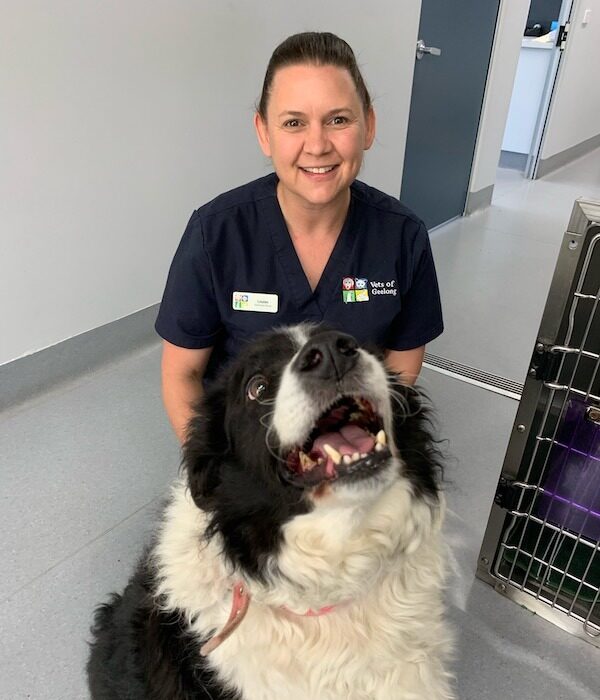Dental or periodontal disease is a common but frequently overlooked issue that can affect the health of both cats and dogs. Usually, it begins when a sticky film of bacteria called plaque accumulates on the pet’s teeth. Over time, the plaque hardens into tartar; this can lead to infection and inflammation of the gums (gingivitis). This could eventually lead to damage to the jawbone and other structures supporting the animal’s teeth.
In addition to causing your pet a lot of discomfort and pain, pet dental disease could have grave consequences. If bacteria enter the bloodstream from the infection in the oral cavity, they can travel to the pet’s vital organs. Potentially, this could lead to kidney, liver, or heart disease. Since your animals may not show signs of a problem until the disease is in an advanced stage, regular dental care and early detection are key.
Frequent Signs of Dental Disease in Pets
With pets, one of the key signs of dental disease is bad breath, or halitosis. Some odour for a pet’s breath is normal, but a foul, strong smell would be a sign of possible overgrowth of bacteria and infection. Your pet might also exhibit visible indicators like bleeding or red gums, loose teeth, brown or yellow tartar accumulation, or drooling. Swelling around the mouth or abscesses may occur in the most severe of cases.
Changes in a pet’s behaviour may also alert you to the oral discomfort. Your pet might paw at their face, drop food in their mouth while eating, or stop eating hard food. They could also become withdrawn or irritable, and avoid interaction or play they loved before. If you recognise some of these early warning signs, you will be able to get timely treatment for your dog or cat.
At-Home Dental Care and Preventative Steps
One of the key ways that you can help prevent dental disease in your pets is through at-home dental care on a regular basis. Plaque levels and build-up can be reduced significantly when you brush your furry friend’s teeth daily using a toothpaste designed for pets. You’ll want to introduce the brushing process gradually, and give your pet positive reinforcement as they become more comfortable with the cleaning routine.
In addition to brushing their teeth, water additives, dental chews and even special dental diet formulations can be introduced to help the pet’s oral hygiene. These speciality products help freshen the breath and reduce plaque build-up.
Dental Care and Monitoring by a Veterinarian
Even with excellent home dental care, just like humans, pets may still need professional dental cleaning and assessment by our veterinary team. We recommend routine dental check-ups every six months to properly evaluate your pet’s dental health needs.
If plaque and tartar have formed in your pet’s mouth, a dental therapy, such as an in-clinic dental procedure may be recommended. This in clinic procedure can involve cleaning, scaling and polishing the teeth under general anesthesia. This allows the vet to safely remove the plaque and tartar on the pets teeth and below the gumline.
Furthermore, depending on your pet’s dental assessment, we may also recommend dental X-rays. These images help us evaluate what’s happening below the gum line, providing a more comprehensive understanding of your pet’s overall dental health.
